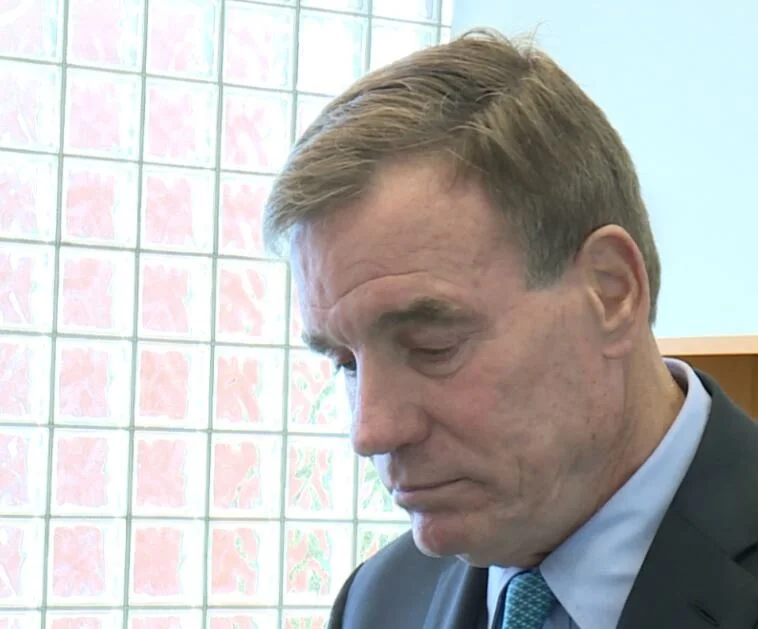COVID, School Closings and the Real Racism
Written for Bacon's Rebellion by James A. Bacon
If you’re looking for evidence of “systemic racism” in Virginia schools, you can find it in a table produced by Matt Hurt, executive director of the Comprehensive Instructional Program, and published in the previous post. The table shows the extraordinary decline in in-person instruction that took place in the 2020-21 school year.
The Code of Virginia requires 990 hours of instruction yearly. The statewide average of in-person learning for White students was 439 hours. The statewide average for Black students was 338 hours.
Put another way, Black students received 100 fewer hours of in-person instruction on average than White students, and 59 fewer hours than the statewide average for all students. By all accounts, distance learning was a massive failure for poor children, and hybrid learning not much better.
If you define “racism” by differential outcomes, that’s about as racist as it gets.
But the reason for this racial disparity has nothing to do with the usual left-wing bogeyman — ubiquitous white racism — and everything to do with “progressive” politics. The racial disparities in in-person learning were the direct outcome of school-closing policies driven by COVID hysteria and the teachers, teacher unions, parents and politicians most sensitive to that hysteria.
Let me preface this post by stating clearly that this is my analysis, not Hurt’s. He is an educator and a pragmatist. He has to get along with the people in power in Richmond, so he rightly steers clear of making partisan judgments. But his data, which comes from the Virginia Department of Education, is a searing indictment of COVID-era school politics.
Hurt contends that differences in the number of hours of in-person instruction account for almost 30% of the decline in Standards of Learning (SOL) test scores, which were disastrous last year. Test scores fell for all racial/ethnic groups, reflecting COVID confusion generated at all levels of the public education system, but pass rates for Hispanics and Blacks went into free fall.
If ubiquitous White racism — school systems designed by Whites for Whites — were a reason for the catastrophic SOL pass rates for Blacks, we would expect the “whitest” school districts (with the highest percentage of White students), to show the greatest disparities in educational outcomes. Likewise, one would expect that school districts in rural “Trump Country,” which presumably are the least responsive to theories about culturally sensitive learning, would exhibit the greatest racial “inequity.” In practical terms, one would predict that Southwest Virginia, which is the “whitest” and Trumpiest (by voting patterns) of Virginia’s eight educational regions, would yield the most racist outcomes.
But that is the exact opposite of what happened.
The following figures represent the difference in the average number of hours of in-person instruction between Blacks and Whites in the eight educational regions. (A negative sign indicates that Blacks received fewer hours of in-person instruction.)
Region 7-Southwest: 38.7 hours
Region 4-Northern: -29.8 hours
Region 3-Northern Neck: -33.1 hours
Region 5-Valley: -61.8 hours
VIRGINIA AVERAGE: 100.9 hours
Region 2-Tidewater: -106.6 hours
Region 8-Southside: 116.2 hours
Region 6-Western Virginia: -122.6 hours
Region 1-Central Virginia: -192.1 hours
Southwest Virginia has relatively few Black students, but on average Blacks received more hours of in-person instruction than White students — 38.7 hours more. It was the only region to do so. Ironically, Blacks fared best in the region where the population is stereotyped as Confederate flag-waving, Trump-voting rednecks.
Central Virginia, which includes the Richmond-Petersburg metropolitan area, showed the greatest Black-White disparity — 192 hours. This is explained not by some racist miasma permeating the region but the fact that predominantly Black inner-city school districts like Richmond, Petersburg and Hopewell enacted the tightest COVID restrictions while exurban school systems like Hanover enacted the least restrictions. These were political decisions based on differing responses to the COVID-19 epidemic.
The more “progressive” the locality’s voting population, the more agitated parents were about exposing their children to COVID. The more “progressive” the district’s administrators and teachers, the more terrified they were of getting COVID in schools. Localities with strong (and “progressive”) teachers unions were the most restrictive of all. Local school boards made the decision to restrict in-person learning knowing full well that poor and minority students would be most severely impacted for reasons relating to technology access and family structure.
Throughout the ordeal, the Northam administration busied itself with formulating policies to advance racial- and gender-equity programs derived from Critical Race Theory.
While every school system enacted COVID-related precautions, the more politically conservative rural and exurban districts generally did a superior job of preserving in-person learning — and they did so without triggering debilitating COVID outbreaks.
The most catastrophic setback to Black educational achievement since Massive Resistance can be pinned forthrightly upon the adherents of “progressive” political ideology who talk the loudest about correcting social injustice. Yes, Virginia, there is such a thing as “systemic racism” but it stems mainly from policies propagated by the Left.




